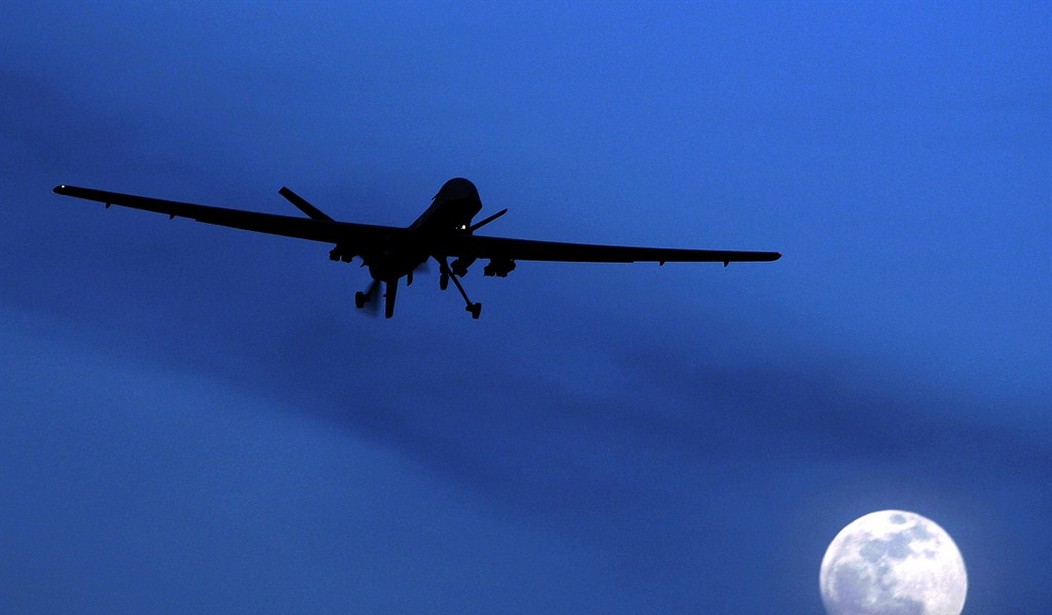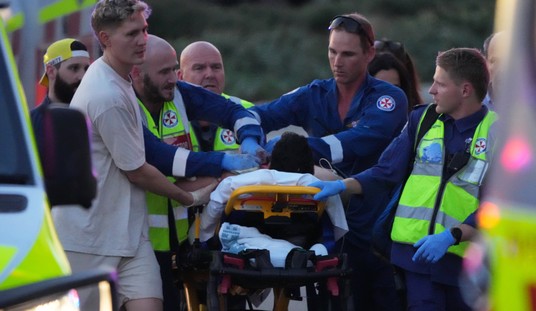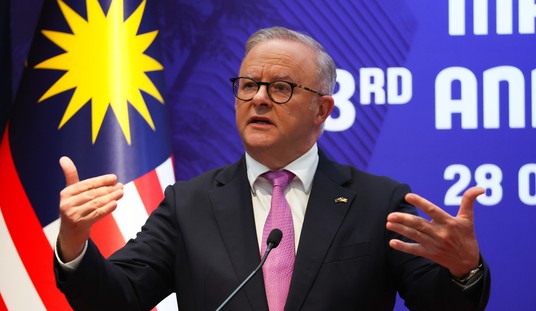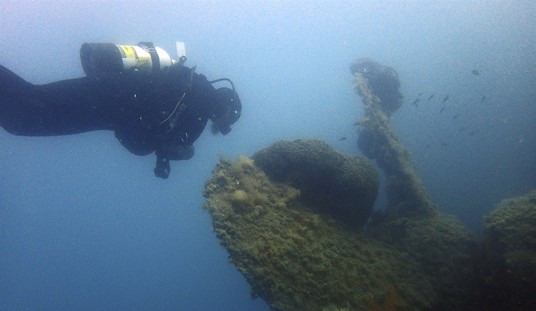Space Communications is a capability we are so used to here in the United States, we don’t even seem to notice it’s the backbone of our information economy. We watch the Olympics, 11 time zones away, and think nothing about it. When we hear about an American drone pilot, here in the US, flying an aircraft and supporting troops in the Middle East, we yawn.
For the military, this capability is really extraordinary. It starts with the pilot’s bed and meals. When she’s home in the USA, the military doesn’t pay for it, because she sleeps and eats at her own home. To build the bed, the dorm, showers, a gym and the cafeteria and fill it with the food, water, equipment, cooks and cleaning staff for American pilots in the Middle East costs us millions. Keeping the pilot home in the USA saves us those millions. More importantly, none of our drone pilots are killed in battle.
Our drones are flown to the Middle East along with their maintenance staff’s. These teams are kept in neighboring countries well away from the fight. No risk for the maintainers and much lower costs because the local countries have infrastructure to support our bases. The pilots and their planning staffs are left behind.
This allows for some pretty incredible things to happen. We routinely have one pilot fly three different aircraft in three different countries in three different wars using three different rules of engagement in one 8-hour shift. Our drone pilots, called RPA (remotely piloted aircraft) pilots in the military, often fly these multiple missions in a day. These men and women live normal lives with families, two days off a week and life here in the USA, while they keep our troops safe overseas.
These RPA pilots fly drones that are used for reconnaissance and weapons deployment. This capability allowed us to crush ISIS with only 2,000 US troops, along with many more troops from regional countries that had been ineffective prior to the US commitment that brought in Space effects.How much does this extend our effectiveness and influence when we can turn a battle with 35,000 insurgents, fighting irregular warfare, with only 2,000 troops on the ground?
Recommended
The savings and the capability of our Space Communications enabled drones is difficult to measure. The many, many times our troops have been surrounded, outnumbered and out gunned, and then saved by a drone, with the elimination of the threat forces, and no friendly losses, has no equal in prior wars.
Assured Space Communications is a game changer, and it happens every day.
How would a Space Force bring this critical capability of Assured Space Communications to bear in future wars? No surprise, we’ll do it the way we’re doing it today. Satellites developed by the Air Force and launched into Space. Associated ground stations and ground equipment are also developed by them, as well as spare parts and logistics.
Once the satellites are on orbit, we have an agency, the Defense Information Systems Agency (DISA) that operates it all, adds the use of commercial satellites and assigns the capabilities. They assign these assets to military organizations based on need and priority.
We also have teams of Space Warfighters that identify jamming sources and provide coordinates to airborne and other assets to eliminate enemy threats to our communications. Space Wars have been going on, behind the scenes, for years.
All of this capability could become various parts of the Space Force. The satellite developers could be part of a Space Acquisition and Logistics Command. Space communications managers and the people who operate the satellites on orbit, could be part of a Space Operations Command. Our Space Defense Warfighter teams thattrack and eliminate jamming sources could be part of a Space Combat Command.
This tightly integrated team of Space Warfighters could be a key part of our doctrine that the US Space Force provides Assured Communications for United States and global civil and military use.
Free access to Space assets as well as Assured Communications help us keep peace through strength and freedom of communications for the world and keep our massive economy - First.























Join the conversation as a VIP Member